Crossing the US-Mexico Border at Big Bend, Texas
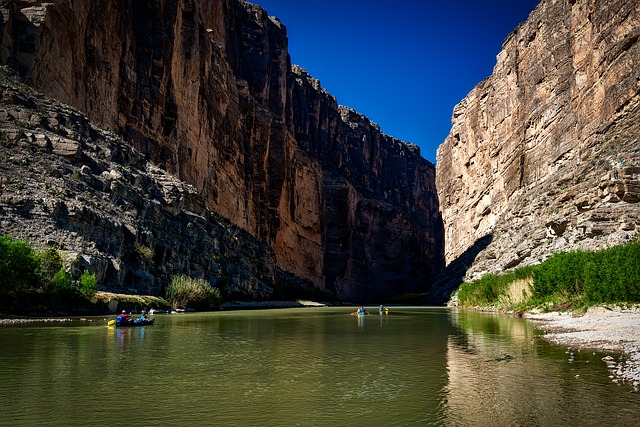
I enjoy street art in general and I especially love murals, as they tell the story of a place and of the people who painted them. The fact that Alpine, Texas is a town of murals was a pleasant surprise. I had gone to West Texas for work and ended up embarking on a memorable trip that included exploring a West Texas town and crossing an international boundary.
I joined a walking tour to seek out the murals. It also took in 44 of Alpine’s historic buildings, recommended by the friendly staff at the Visitor’s Center. A small sign on the door of one of the historical buildings made me chuckle: ‘Austin is weird but Alpine is far out.’ Literally, Alpine is far out distance-wise. El Paso is the nearest major urban center, and that’s 220 miles away. Alpine can also be reached via Amtrak.
Alpine is a great base from which to explore the rest of West Texas, and it is the main gateway to the region’s biggest natural attraction, Big Bend National Park, located 81 miles south of Alpine on Texas State Highway 118. Big Bend N.P. is unique in many ways: it is a biologically diverse area where the Chihuahuan Desert dominates the landscape, where the forested Chisos Mountains beckon exploration, where narrow canyons bisected by the Rio Grande form an international boundary, and where black bears are making a comeback after decades of absence from the Texan landscape.
I have crossed the U.S.—Mexico border countless times, yet as I was descending the dirt path to the river’s edge my excitement grew with every step.
Of course I wanted to see everything in the park, but my priorities were to hike near the Rio Grande Wild and Scenic River and to cross the river into Mexico. The Park Service representative warned me that if I crossed over to Mexico I would need to return before 6 PM, otherwise I’d be stuck there overnight. (He also told me to bring back some tamales for him!) The Boquillas Crossing Port of Entry located within the national park is only open Wednesday – Sunday from 9 AM to 6 PM in the summer and from 8 AM to 5 PM in the winter.
I have crossed the U.S.—Mexico border countless times, yet as I was descending the dirt path to the river’s edge my excitement grew with every step. I had never crossed the border on a boat before, and the whole idea that one can actually do that was amazing to me. The river itself looked more like a stream, although there are sections where people can join white water river rafting expeditions and experience the mighty Rio Grande. The round trip crossing on a small boat costs $5.
Once on the Mexican side of the river, I was offered several transportation options to make the 1 mile trip to the town of Boquillas. I could arrive in style by riding a donkey, I could make a fool of myself pretending I knew how to ride a horse, I could have someone drive me on a truck, or I could simply walk. I opted to ride a horse into town, and I must say that the handlers assessed my experience level quite well when they gave me ‘El Moro’ – a slow, stubborn horse who knew exactly how to get into town. El Moro dropped me off in front of the Mexican Immigration and Customs Office – a passport is required to travel to Mexico and to return to the U.S.
I could arrive in style by riding a donkey, I could make a fool of myself pretending I knew how to ride a horse, I could have someone drive me on a truck, or I could simply walk.
Boquillas Del Carmen, Coahuila is a small, isolated community of approximately 250 residents, a couple of restaurants, a bar, and resilient people who lived without electricity until recently, when solar power arrived in town. Boquillas is surrounded by federally protected natural areas that, together with Big Bend National Park and Big Bend Ranch State Park, protect a vast swath of land adjacent to the Rio Grande/Rio Bravo on both the USA and Mexico.
After walking around town and being invited to sit in a family’s front porch for conversation, I got hungry. I stopped at a restaurant overlooking the Rio Bravo, as the Rio Grande is called in Mexico, and was struck by the English-only menu explaining the ingredients of Mexican specialties such as chile relleno or stuffed green chile. Boquillas is definitely a town that caters to American tourists arriving on donkeys via Big Bend National Park, but if you are a Spanish speaker — or at least make an effort to communicate with local residents beyond an exchange of goods and services — you will get a better glimpse into the heart of this resilient Mexican border town.
After a few hours I walked back to the river crossing, showed my ticket to the boat operator, and headed back into town. Once back in Alpine, I stopped by one of the murals that depicts a scene from a bygone era in a Chihuahuan desert town — a man wearing a sombrero serenading a woman sitting next to an agave plant — and, I thought, Yes, the Big Bend region is as captivating as the lyrics of an old Spanish love song.

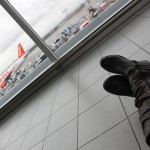
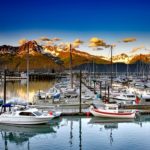

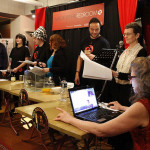
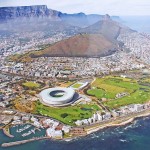
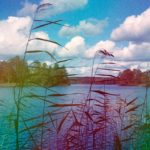
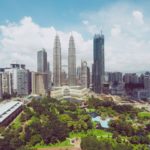

I read this article with much emotion because the author describes part of West Texas and Border US-Mexico with excellent details that its invite to know this region. I congratulate to Cynthia Soria for her good feeling about enviromental and to be bi-cultural wildlife especialist. I liked the cultural mentions of the resilient mexican border town. Congrats.